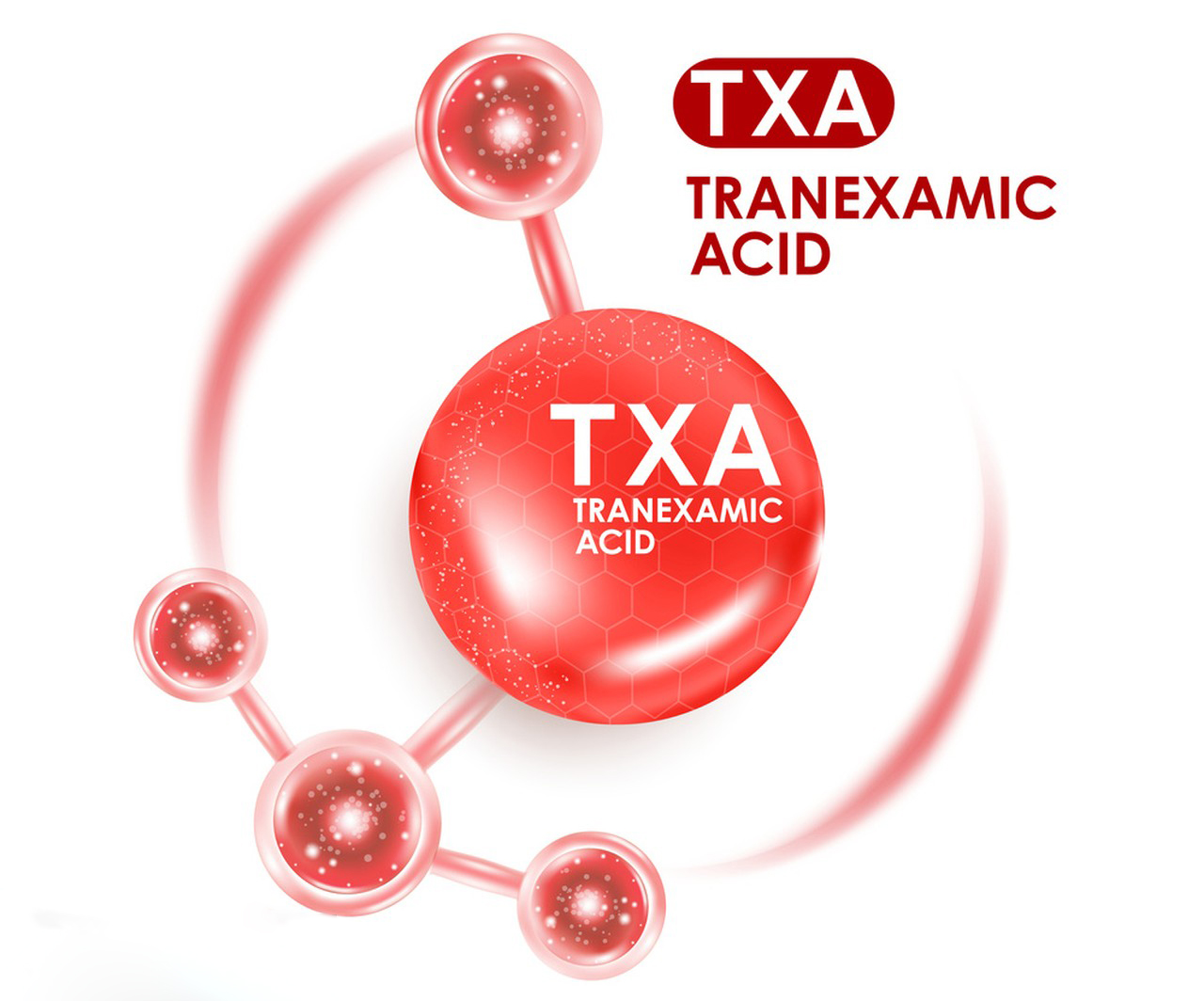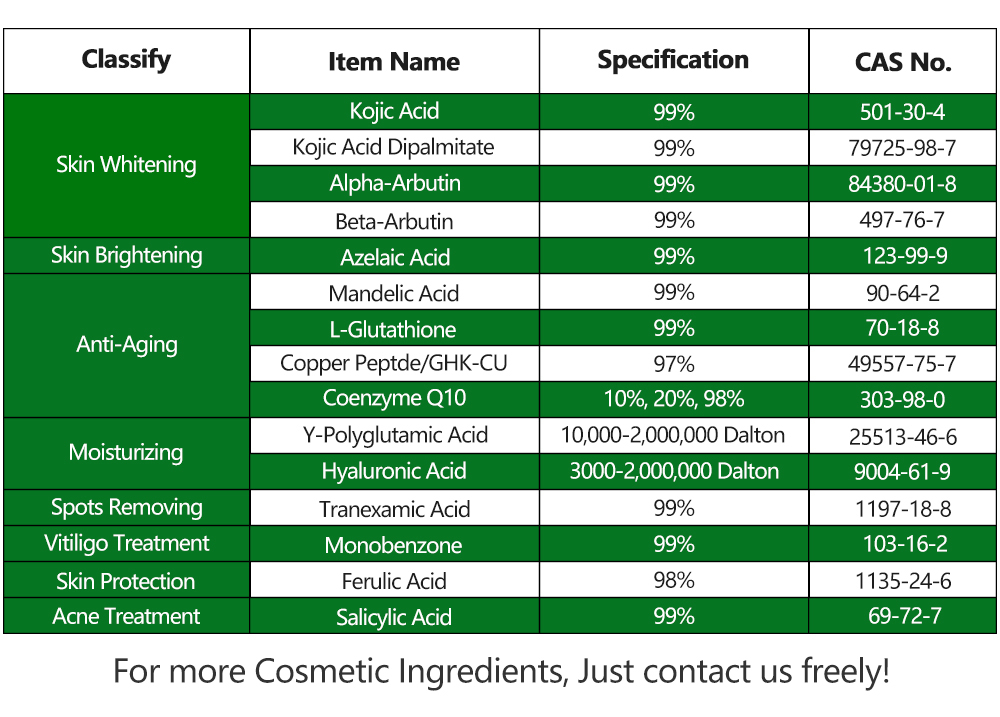Tranexamic acid (TXA) is a medication that has several uses and comes with its own set of pros and cons. It’s important to note that the decision to use Tranexamic acid should be made by a healthcare professional after considering the individual’s specific medical condition and needs. Here are some of the pros and cons of tranexamic acid:
Pros of Tranexamic Acid:
Hemostatic Agent: Tranexamic acid is a powerful antifibrinolytic agent, which means it helps in preventing excessive bleeding by stabilizing blood clots. It’s commonly used in surgeries to reduce bleeding and the need for blood transfusions.

Trauma and Surgery: It is particularly useful in trauma and surgical settings, such as orthopedic, cardiovascular, and dental procedures, where controlling bleeding is crucial.
Menstrual Bleeding: Tranexamic acid is used to manage heavy menstrual bleeding, offering women relief from menorrhagia.
Hemophilia: In some cases, it can be used to control bleeding in individuals with certain types of hemophilia.
Cost-Effective: Tranexamic acid is generally considered cost-effective, especially in surgical settings, as it reduces the need for blood transfusions, which can be expensive and carry risks.
Topical Application: It can be applied topically in the form of gels or mouthwashes to control bleeding from oral or dental procedures.
Cons of Tranexamic Acid:
Thrombosis Risk: One of the significant drawbacks of Tranexamic acid is the potential to increase the risk of thrombosis (blood clots). This risk is especially concerning in patients with a history of clotting disorders or those at high risk for clot formation.
Contraindications: Tranexamic acid is contraindicated in certain medical conditions, such as a history of blood clots, stroke, or heart attack. It’s important to consider these contraindications before prescribing Tranexamic acid.
Gastrointestinal Distress: Some individuals may experience gastrointestinal side effects like nausea, vomiting, or diarrhea when taking Tranexamic acid orally.
Allergic Reactions: Although rare, allergic reactions to Tranexamic acid can occur. Signs of an allergic reaction may include hives, itching, swelling, difficulty breathing, or chest tightness.
Limited Effectiveness: Tranexamic acid may not be effective in all bleeding situations, and its use should be carefully considered based on the specific clinical scenario.
Interactions: Tranexamic acid can interact with other medications, so it’s important for healthcare professionals to review a patient’s medication history to ensure there are no potential drug interactions.

Pediatric Use: The safety and efficacy of Tranexamic acid in pediatric patients are not as well-established as in adults, so caution is needed when considering its use in children.
In conclusion, tranexamic acid is a valuable medication in certain medical situations where bleeding control is critical. However, its use should be carefully weighed against potential risks, especially the risk of thrombosis. Patients should always follow their healthcare provider’s guidance when considering the use of Tranexamic acid, and it should only be used under medical supervision.
